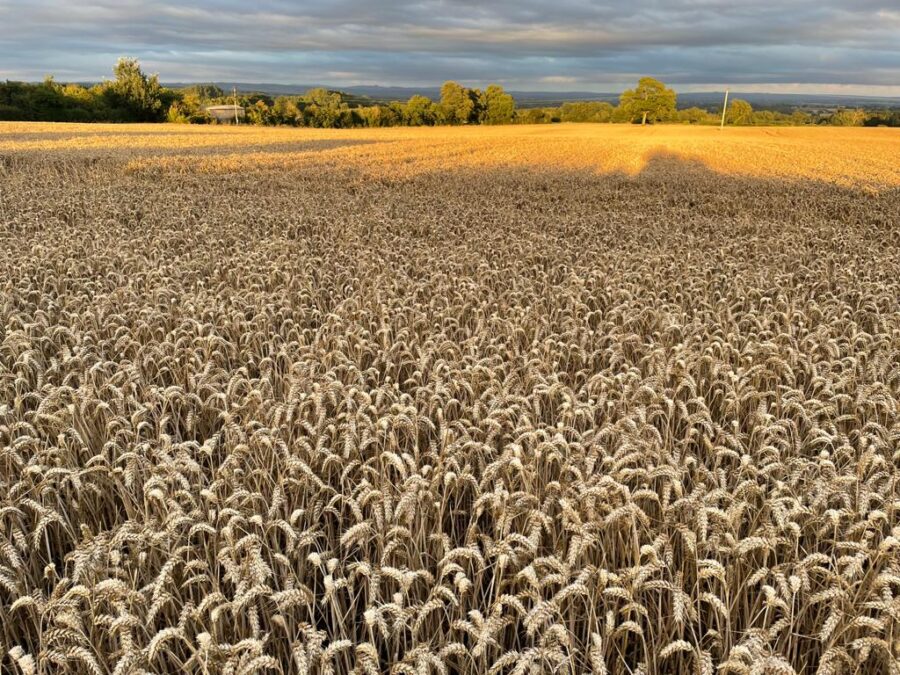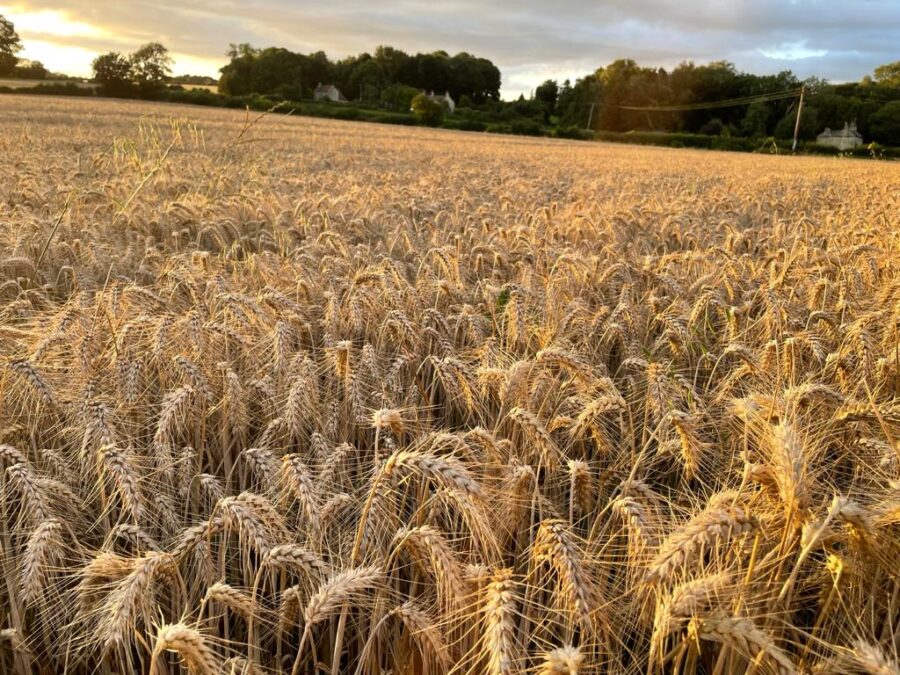Autumn 2021 brings a fresh start. Improved growing conditions for current autumn and spring drilled crops, fresh seed stocks across the board and grain values rising due to high demand. Wheat and barley are still regarded as the best performing and most important crops on farm. Popular crops such as wheat and barley benefit from being versatile together with breeding developments to improve yield and disease resistance. Milling wheat, used in food products from biscuits to bread continues to do well on these shores, where we consistently produce a high-quality milling product.
Diverse uses for malt see the annual output of nearly 2m tonnes simply increasing. More uses for cereals in animal feed and Food and Drink manufacturers are finding that wheat can provide a rich source of starch and glucose. Not forgetting the increasing demand in Bioethanol markets, which continues to evolve, with plant-based ethanol being used as a petrol alternative. The increasing markets for Linseed may just interest a greater number of farmers, with increasing demand to grow this under contract. This is proving a popular replacement for oilseed rape with its early sowing and harvesting benefits.
It goes without saying that close attention should be made of the recommended list of winter cereals for your particular region. The AHDB Recommended list (RL) provides an expansive list of varieties by region, that are proven in terms of performance and disease resistance. For a more detailed list of recommended varieties in Scotland, take a look the Scottish Recommended Lit for Cereals 2021/22 from pure.SRUC.ac.uk

On heavy soils, the most profitable (and sustainable) rotation will be two wheats after a break crop, followed by spring barley. Others may even return to continuous wheat/cereals, but caution must be taken to avoid the Take-All effects on rooting and yield. It is perhaps more challenging on lighter soils where second cereals tend not to perform so well. The key to minimising the financial impact is to look at the gross margin across the whole rotation rather than direct crop replacements. Farm businesses may be considering whole-field stewardship options as one of their replacement break crop alternatives. A two-year legume fallow is an example of an option under the current English Countryside Stewardship which may, in some situations, act as the break crop. As a rule, this will only work for average performers, or poorer land, where the risk vs reward ratio remains higher.
For top performers, and good soils, continuing with ‘full’ cropping is likely to be the best way forward. Productivity remains one of the key differences between business performance, certainly not scale. It is simply understanding land capability and having excellent attention to detail. These are often the result of multiple small improvements which when combined deliver large changes to the bottom line. Productivity remains the basic principle if businesses are to thrive.
Drilling dates
Factors affecting drilling dates are varied and are dependent on the geographic region. These factors can include:
Soil condition
A good seed-to-soil contact helps to ensure rapid seed germination and excellent conditions for residual herbicides to work effectively.
Control grass weed
In some seasons, of low dormancy and moist soils, delaying drilling can allow early glyphosate treatments, but this will not work with dry autumns with high dormancy.
Geographical region
In particular interest to Scottish farmers, with colder field aspecst and located further north, earlier crops can be drilled with less danger of early problems associated with pests. Early September drilling is achievable in Northern regions, while late drillings can be slow to emerge and in cold winters, crops will stop growing sooner, with a potential knock-on effect and late harvest. In Scotland, it is recognised that the harvest date of the previous crop can certainly have an influence, with the opportunity for stale seed beds being really quite narrow compared to southern England.
Risk of diseases and pests
The risk of disease in highly affected varieties can increase if drilled early. Mid-September plantings may have substantially higher levels of septoria and yellow rust than those drilled in October. Wheat bulb fly may be problem for crops drilled later on so use of an insecticidal treatment is certainly advised.
Early drilling
Ideally, varieties drilled in early September should be slow developing, disease resistant and have good resistance to lodging.
Drilling window
Nearly all varieties can be drilled from 20th September through to mid-October. If a range of varieties is on farm, it’s advisable to segregate by speed of early development and straw strength.
Late drilling
Characteristics for later drilling should include fast early development and good tillering scope to ensure best ground cover going into winter.
Second wheat
Many varieties function as they would in the first drilling. Identify varieties that have good resistance to eyespot, but this is not always reflected in final yield. Quality wheats are often drilled in this slot, as the reduced yield potential can help maintain grain protein content.

